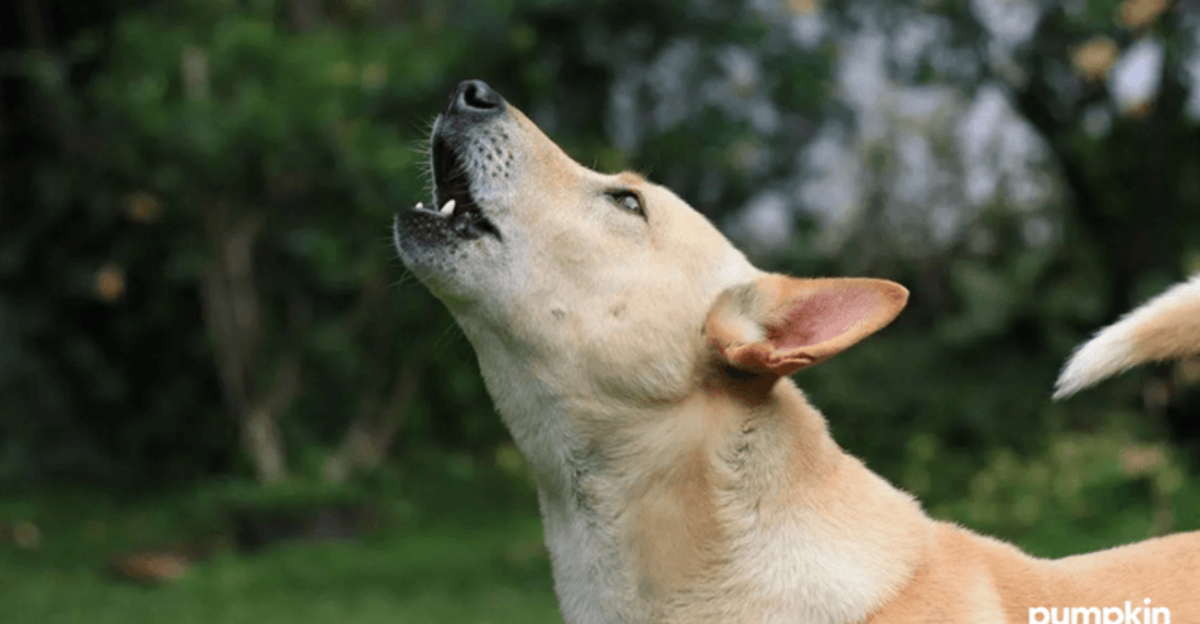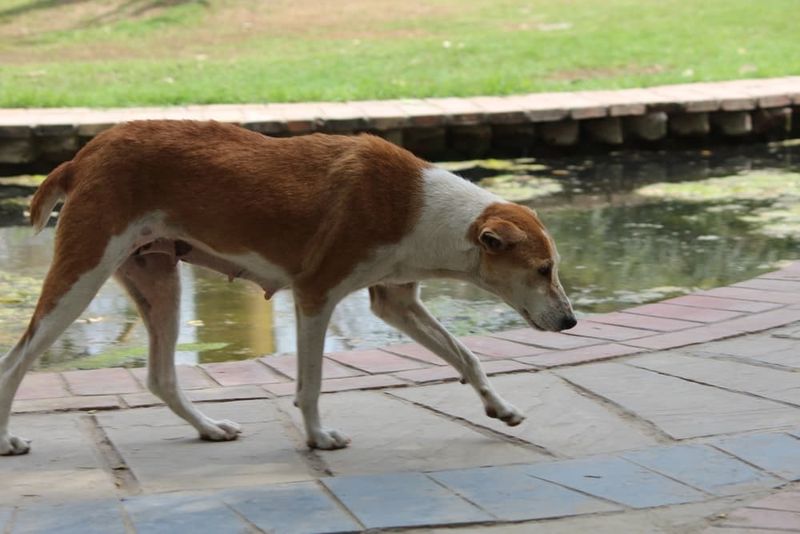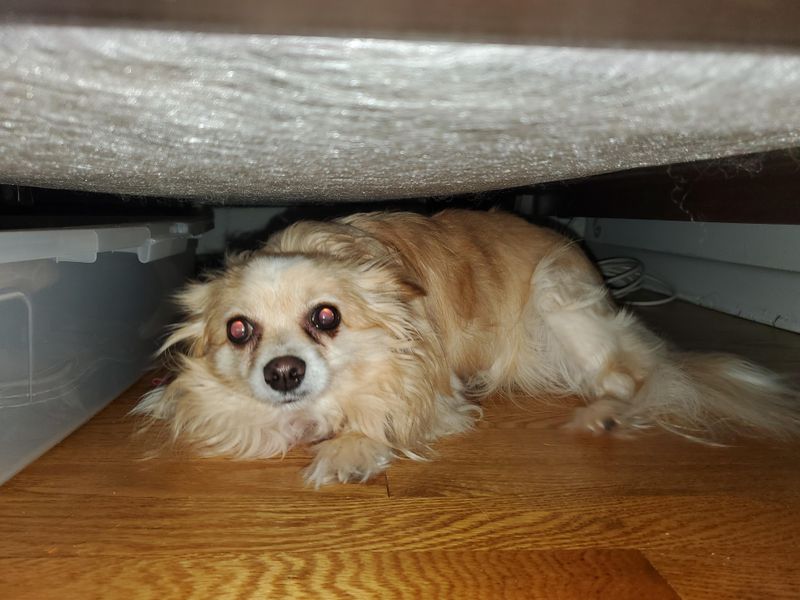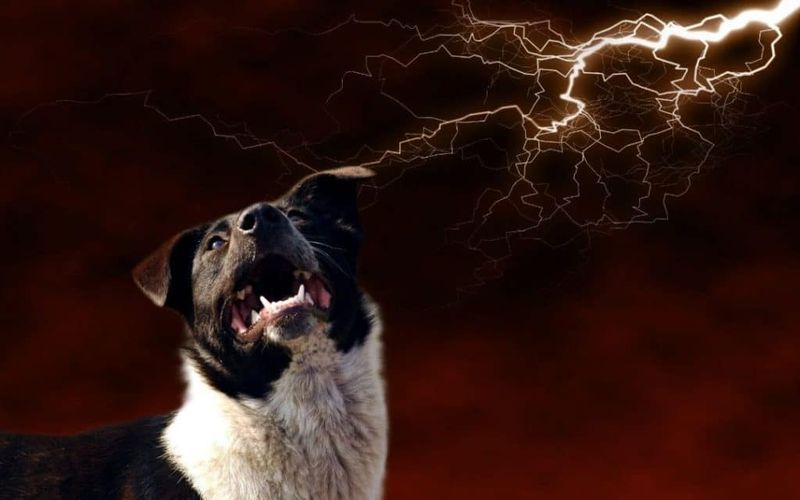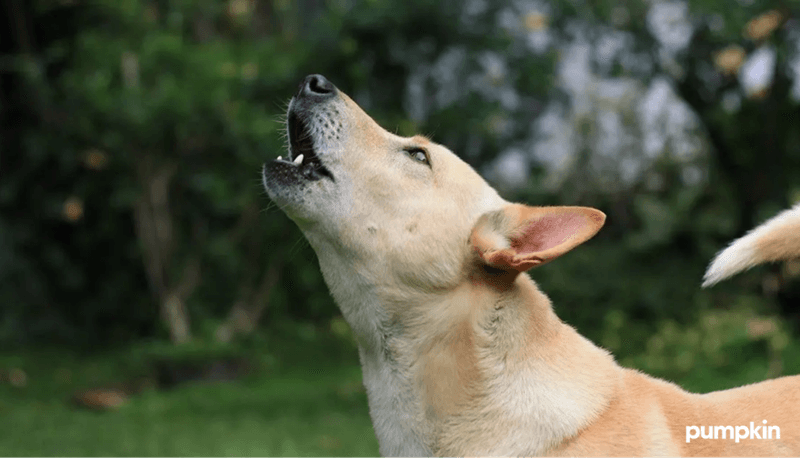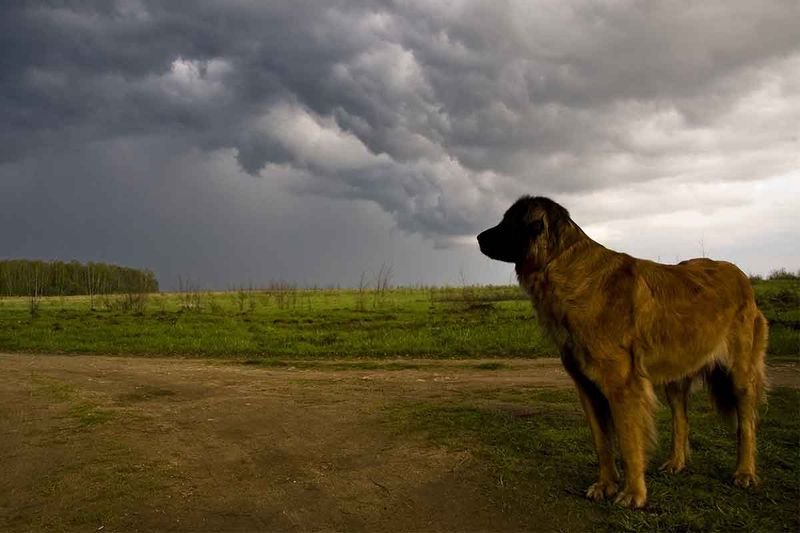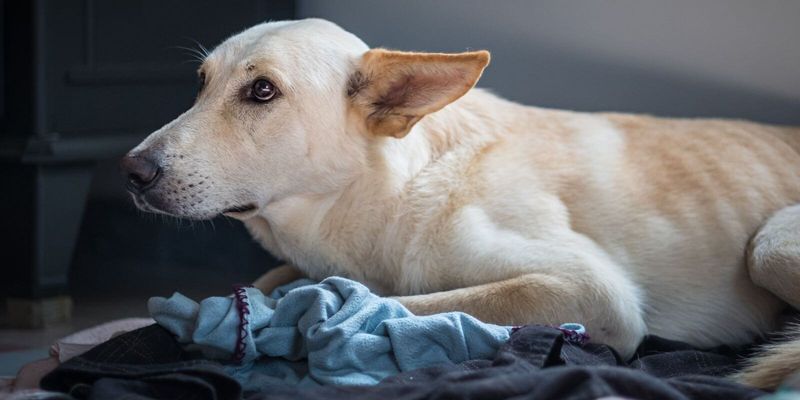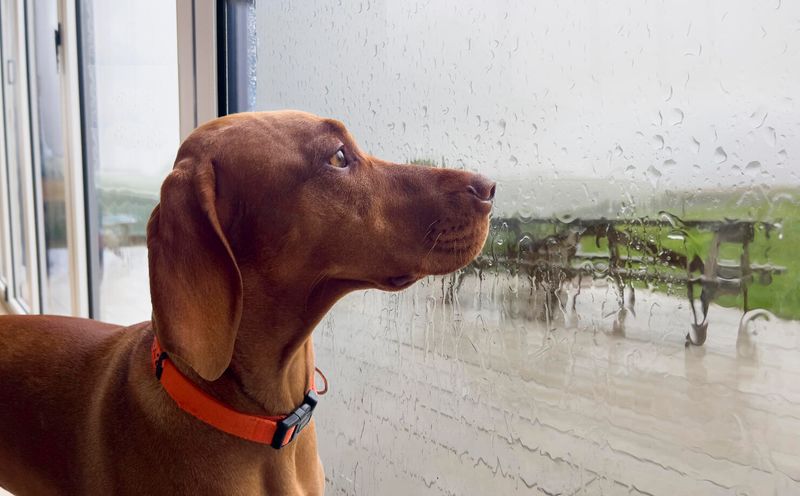Dogs have long been considered man’s best friend, and their uncanny ability to sense impending natural disasters only adds to their mystique. As storms approach, their behavior often changes in ways that both puzzle and fascinate us. This article delves into the 15 strange things dogs do right before natural disasters hit, showcasing their instinctual preparedness and unique responses to environmental changes.
Restless Pacing
When anxiety strikes, dogs may start to pace back and forth. This restless pacing becomes more pronounced as the atmosphere thickens with impending doom. As the sky turns an ominous shade, their unease grows, translating into perpetual motion.
It’s as if they are trying to escape an invisible threat. The repetitive pattern of their steps creates a rhythm that mirrors the heartbeat of the approaching calamity. This pacing serves as a signal that something is amiss, a reminder of their heightened sensitivity to the world around them.
Unusual Hiding
In times of looming danger, dogs often seek refuge in the most unexpected places. Under tables, behind couches, or even in closets, they find solace in these tight spaces. This unusual hiding behavior is their instinctual way of seeking safety.
The sense of security provided by these shelters helps them cope with the unknown. As the environment outside grows turbulent, they instinctively retreat to their chosen sanctuaries, reminding us of their vulnerability and innate survival instincts.
Increased Barking
Barking, a common canine behavior, takes on new intensity as natural disasters approach. Dogs become more vocal, their barks echoing with urgency. It’s as if they are trying to alert the world to the unseen dangers lurking on the horizon.
This increased barking can be both alarming and reassuring, as it highlights their protective nature. They act as both sentinels and companions, voicing their concerns in the only way they know how. This vocal warning serves as a reminder of their loyalty and their role as our steadfast guardians.
Clinginess
In moments of uncertainty, dogs often seek comfort through physical closeness. This clinginess becomes more apparent as storms draw near. They follow their owners everywhere, yearning for reassurance and protection.
Their need for security is palpable, manifesting in a desire to remain by their human’s side. This behavior underscores their dependency and the unique bond shared between dogs and humans. As the winds howl outside, their loyalty remains unwavering, a testament to their enduring companionship.
Unsettling Howls
There’s something both haunting and fascinating about a dog’s howl. As a storm approaches, some dogs begin to howl inexplicably. This behavior is thought to be a form of communication, possibly warning their pack or humans of the impending danger. The eerie sound resonates through the air, a natural siren marking the approaching tempest.
These howls can seem unnerving to many, as they echo a primal instinct honed through centuries. Whether it’s a subtle shift in barometric pressure or a distant rumble, dogs seem to sense the changes long before we do.
Altered Eating Habits
As natural disasters loom, some dogs might exhibit changes in their eating habits. This altered behavior can include loss of appetite or unusual food cravings. The anxiety caused by environmental changes often disrupts their normal routine.
Their usual enthusiasm for meals wanes, replaced by a cautious approach to sustenance. This shift in eating habits serves as an indication of their stress, reflecting their sensitivity to the atmospheric disturbances. Their altered appetite is a key signal that they perceive something is amiss.
Excessive Drooling
Drooling may not be unusual for some breeds, but excessive drooling can be a sign of distress. As the air grows heavy with the threat of a natural disaster, dogs may start to drool more than usual. This excessive drooling often coincides with increased anxiety and stress.
Their salivary glands work overtime, producing a river of drool that betrays their inner turmoil. This physiological response is a visible manifestation of their heightened awareness and apprehension, highlighting their connection to the environmental shifts around them.
Digging Indoors
Digging is typically an outdoor activity for dogs, but when they start digging indoors, it signals that something is awry. This behavior might occur as they sense the approach of a natural disaster. Their instinctual urge to create a den becomes apparent as they claw at carpets and floors.
This indoor digging reflects their need for security, as they attempt to construct a safe haven amidst the chaos. Their paws work tirelessly, driven by an ancient instinct that echoes through time. It’s a stark reminder of their deep-seated survival instincts.
Panting Heavily
Heavy panting can indicate more than just physical exertion in dogs. As a storm approaches, this behavior may intensify, reflecting their anxiety and stress. The rapid rise and fall of their chest mirrors the turbulence outside, a physical manifestation of their inner turmoil.
This panting serves as a non-verbal cue, highlighting their emotional state in the face of impending danger. It’s a natural response, an outlet for the tension that builds with each passing moment. This behavior underscores their acute sensitivity to the world around them.
Ears Flattening
Ears are incredibly expressive features in dogs, and flattening them can be a sign of stress or fear. As natural disasters approach, some dogs may exhibit this behavior more frequently. Their ears, usually perked up in curiosity, droop in response to the looming threat.
This flattening of the ears is an instinctual reaction, a way to protect themselves from the anticipated turmoil. It reflects their heightened senses and their awareness of the changing environment. This behavior is a silent testament to their intuitive connection to nature.
Sniffing the Air
Dogs possess an extraordinary sense of smell, and before a natural disaster, they might sniff the air more intently. This behavior stems from their ability to detect changes in the environment. As the atmosphere shifts, their olfactory senses kick into overdrive.
They lift their snouts, capturing scents that are imperceptible to humans. This increased sniffing is like reading a complex tapestry of smells, providing them with information about the impending storm. It’s a testament to their incredible adaptability and their role as nature’s barometers.
Whining and Whimpering
Whining and whimpering are vocalizations that dogs use to express discomfort or distress. As a natural disaster approaches, these sounds may become more frequent. It’s their way of communicating unease, seeking comfort from their humans.
The high-pitched tones echo through the room, a poignant reminder of their vulnerability. This vocal expression serves as a plea for reassurance, highlighting their need for connection during turbulent times. It’s a heartwarming testament to their dependence on the bond they share with their human companions.
Unusual Licking
Licking is a common self-soothing behavior in dogs, but excessive licking can indicate stress. Before a natural disaster, some dogs might start licking their paws or other objects more than usual. This behavior reflects their anxiety and the need to calm themselves.
The repetitive motion of their tongue provides a temporary sense of relief. This unusual licking is a physical manifestation of their inner tension, showcasing their ability to self-comfort in times of uncertainty. It’s a subtle yet revealing indicator of their emotional state.
Shivering
Shivering in dogs can be a response to cold, but it can also indicate fear or anxiety. As a storm approaches, some dogs may begin to shiver uncontrollably. This involuntary movement is a direct reflection of their heightened stress levels.
The tremors that ripple through their bodies are a visible sign of their apprehension. It’s as if their entire being is attuned to the approaching disaster, resonating with the tumultuous atmosphere. This shivering serves as both a physical and emotional outlet for their anxiety.
Increased Monitoring
Before a natural disaster, some dogs exhibit increased vigilance. They become watchful, monitoring their surroundings with heightened intensity. This increased monitoring is a result of their instinctual drive to protect their territory and loved ones.
Their eyes scan the horizon, alert to any changes. This behavior is a testament to their loyalty and their role as natural guardians. As the storm rages outside, their watchful gaze remains unbroken, a symbol of their unwavering dedication. This vigilance underscores their connection to the natural world.
